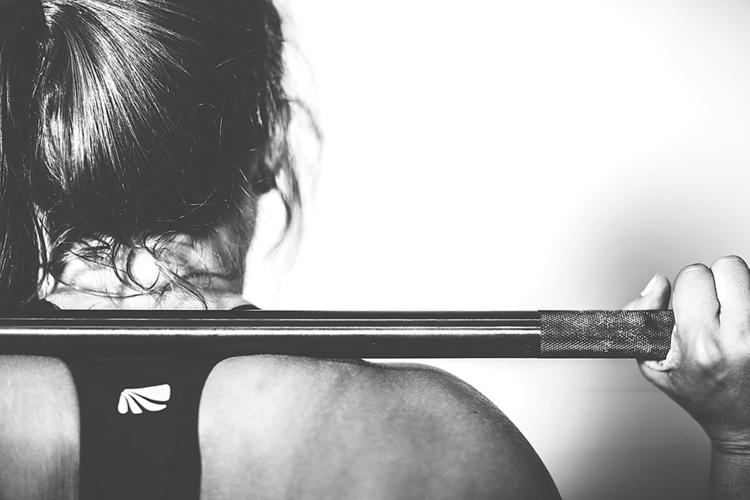Every year millions of children participate in athletics, and every year thousands and even millions sustain relatively minor injuries that could be avoided with pre-season conditioning.
By some estimates, as much as 72 percent of student athletes will sustain some kind of injury over the course of their season.
Fortunately, most of these injuries will be fairly minor and account for more than half of all athletic injuries.
These minor injuries include muscle strains, ligament sprains, and tendon irritations. Here is a brief overview of these injuries:
Muscle strains
Muscles contract and relax like rubber bands to help our bodies move. A strain occurs in a muscle or tendon that has been stretched too far. A strain may start to hurt immediately or several hours later.
The area will be tender and swollen and could also appear bruised. Someone with a strain may notice weakness or muscle spasms in the area.
Ligament sprains
Strong, elastic bands of tissue called ligaments hold bones together in the joint. A sprain occurs when those ligaments have been overstretched or partially torn.
A sprain will probably start to hurt right away. Usually the injury will swell and possibly bruise and it may be hard to walk or move the injured body part. Both sprains and strains have different levels of severity.
Tendon strains
Tendons are thick fibrous bands that attach muscle to bone. Irritation of the tendon (tendonitis) causes pain and tenderness just outside of the joint.
Tendinitis is very common at the knee in jumping sports and the shoulder /elbow with overhand or throwing sports. Pain is typically described as a dull ache with movement, tenderness, swelling, and tightness.
Most sprains, strains and tendon injuries can be avoided with a proper pre-season conditioning program.
It is also important to always start with a proper warm up before games and practices.
Unfortunately, many athletes ages 12-18 don’t do a whole lot to prepare for their up-coming season. This causes them to ramp-up their intensity of exercise up too quickly, not allowing time for the body’s tissues to adapt.
In this scenario, injuries usually pop up within 7-21 days from the start of the season.
Research suggests that 4-7 weeks of pre-season conditioning performed 3-4 times per week allows ample time for the body to adapt and for the chance on injury to be sharply reduced.
No athlete wants to miss time from their season due to injury. Once one of these over-use injuries is sustained, it is difficult to get an athlete to take the required time needed to fully heal. This puts them at risk of starting a vicious cycle of insufficient healing, return to sport, re-injury, insufficient healing, etc.
So, my take home message is this: the next time your child or grandchild mentions wanting to start up a new sport or you realize the next sports season is right around the corner, suggest contacting your local athletic trainer or physical therapist’s office to see if they offer pre-season conditioning.
Struggling with injuries over the course of the season can be frustrating for players, coaches, and parents.
This truly is one of those times when an ounce of prevention is worth a pound of cure.
Lindsey Griffes is the athletic trainer for Petoskey High School and also works at Northern Michigan Sports Medicine Center in Petoskey. She can be reached via e-mail at lgriffes@nmsportmed.com. This information is not to be considered medical advice and is not intended to replace consultation with a qualified medical professional.







